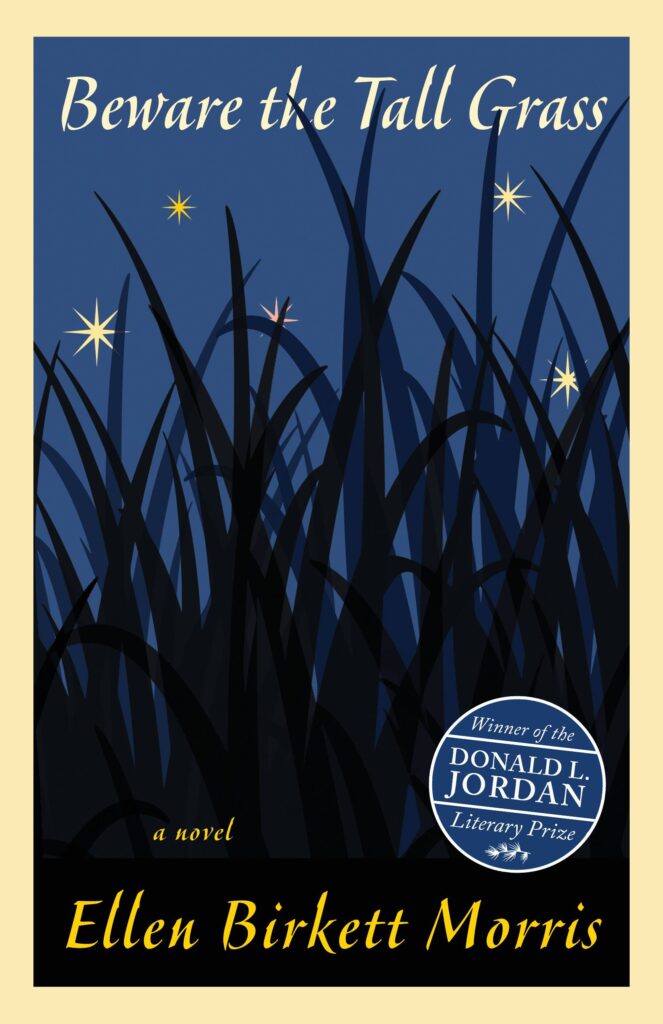[Note: The 2023 Rankings are now available here.]
It’s that time of year again. Here are links to the Literary Magazine Rankings for Fiction, Poetry, and Nonfiction. As explained in more detail below, these rankings are based solely on the number of Pushcart Prizes and Pushcart Special Mentions the magazines have received over the past ten-year period. They are intended as a guide for determining where writers might submit their work for publication.
If you find these rankings useful, please consider supporting this website by making a donation or by purchasing one or more of my books.

2022 Literary Magazine Ranking for Fiction
2022 Literary Magazine Ranking for Poetry
2022 Literary Magazine Ranking for Nonfiction
Rationale. When I first started submitting my short stories to literary magazines, I didn’t know what I was doing. I knew that some magazines were more prestigious than others, but I didn’t have a way of evaluating prestige. I subscribed to several (and still do) but choosing where to submit my work was still hit-or-miss. I didn’t invent the method of tiering submissions, but when I learned of it, I thought it made great sense for me.
Tiering is an aid to simultaneous submissions that groups the best magazines together in the top tier, somewhat less prestigious magazines in the next tier, and so on. It is advisable to submit work to the top tier first, or at any rate within the same tier, so that an acceptance by one, which requires withdrawal from the others, won’t be painful. (If you get an acceptance from a bottom-tier magazine while you’re still waiting to hear from a top-tier magazine, that could lead to a difficult withdrawal. Withdrawal is ethically required, but what if the top-tier magazine was about to accept the piece?) So, I decided to rank literary magazines—first in fiction, because that’s what I was writing, but I later added poetry and nonfiction rankings because many people requested that—to help me decide where to submit. In theory, I would aim toward the top of the list and work my way down until someone finally accepted my work.
Methodology. To create the rankings, I considered looking at the various annual anthologies (Best American Short Stories, O. Henry, and Pushcart) to see what the editors of those volumes considered the best magazines to be. Ultimately, for several reasons, I settled on using only the annual Pushcart Prize anthology. For one thing, it excluded the “slicks”—magazines like The New Yorker, Atlantic Monthly, and Harpers—whose prestige is well-known. Those markets are really in a category by themselves, and writers should definitely submit to them if they deem their work suitable for publication in these elite magazines. For another, consideration for inclusion in the Pushcart Prize anthology seemed somewhat more democratic, or at least transparent, than the other options. Although there are Editors-at-Large who nominate for the anthology, every magazine has the opportunity to do so as well, so the Pushcart editors see thousands of entries and can pick from work that has appeared in hundreds of different journals, both in print and online. Finally, when I began ranking poetry and nonfiction magazines, too, it was fortuitous that the Pushcart Prize anthology includes those genres. Otherwise, I’d have had to look at separate volumes for each genre and I still preferred the relative fairness of the Pushcart approach.
Calculations. I decided from the beginning to use a ten-year rolling formula to determine the rankings. It seemed to me that reputations aren’t won or lost in one year, and that the best magazines, the markets where I’d really like to be published, are the ones that have been around awhile and really established themselves. So, I created a formula that used a fixed-point value for each Pushcart Prize won in each of the ten years and a smaller number of points for each special mention (those are the stories listed at the back of the book as also being worthy of note). The formula adds up all the points and ranks the magazines based on the total. (The total number of points is shown in the far-right column of the ranking.) Several years ago, I adjusted the formula so that prizes and special mentions earned in the last five years are weighted more heavily than those from the first five years of the period. The intention of this adjustment was to recognize the fact that in the digital age, magazines may emerge and be deserving of accolades more quickly than was the case in the past. So, a Pushcart Prize won today gets more points than one earned five years ago. Note, too, that the rankings are as objective as I can make them. The editors of the nominating journals and of the Pushcart Press are exercising their judgment, of course, but I’m just going by the numbers. My rankings don’t take into account how much the magazines pay, or whether they charge for submissions, or how long it takes them to respond. Different writers feel differently about those factors, and so I don’t want to impose my judgment in place of theirs.



Thank you!! Love your rankings each year. Such a helpful tool when deciding where to submit.
Thank you so much for this. It is an incredible piece of work.
It popped into my mind today… I wish I had some sort of ranking of journals based on whether they submit to and/or win Pushcart. Then, hey presto! One google search and I find exactly that! Thanks for saving me all the work of doing this myself. Brilliant!
That’s great to hear! And thank you for the generous donation. Be sure to check out the updated version of the list–the 2023 rankings: https://cliffordgarstang.com/2023-literary-magazine-rankings-overview/